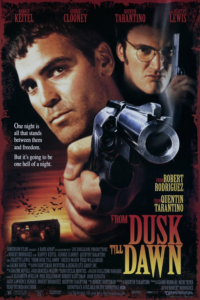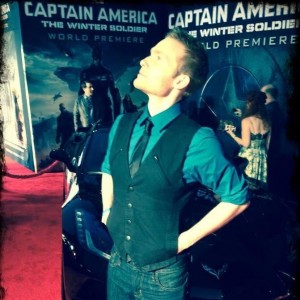Many students feel too overwhelmed with their curriculum to do any additional reading. It’s understandable as they have millions of tasks that need urgent focus, so fiction and non-fiction genres are left in their past, freer life — as long as they aren’t assigned them in college or uni. This trend is depressing since reading is essential in many ways, from cognitive to social. Researchers from Psychology Today Schwanenflugel and Knapp confirm that reading improves brain function and helps in studies. Interestingly, it might happen both directly and indirectly.
“A Professor’s Guide to Writing Essays: The No-Nonsense Plan for Better Writing”written by DoctorNeumann is a non-fiction book with the power to bring benefits in two ways at once. First, it’s deeply engaging and stimulating. Second, it’s essential for studies because regardless of whether you are still in high school or if you’re tackling complex uni challenges, writing essays is a task that will follow you everywhere. Knowing how to do it will save you tons of time.
The Content of Neumann’s Book and What Makes It Stand Out
DoctorNeumann has worked as a professor in many areas and on different educational levels. He’s seen the struggles his students face with crafting their essays personally, and it encouraged him to write a book that would help them improve their writing. So, Neumann’s book explores the concept of academic essays and provides useful tips on how to structure ad compose them. He raises such topics as the creation of helpful outline, effective introduction, strong thesis, and logical paragraphs. Neumann also explains how to avoid plagiarism, which is essential since unless your paper is 100% unique, you risk facing a disciplinary hearing and even suspension. This way, his book presents a complex of suggestions aimed at facilitating your writing.
But what makes this book special? Neumann discards the idea of each essay type differing from one another. Instead, he promotes the idea that writing principles stay the same in all cases, claiming that if you get a grasp on them once, you’ll be able to apply them over and over again. He uses practical demonstrations and builds excellent and relevant associations that stay in the memory of his readers for a long time. For example, when explaining transitions and their role in the structuring of the paragraphs, Neumann draws the comparison with road signs. Such vivid examples help demonstrate the rules much better than long theoretical explanations.
The Audience Neumann’s Book Targets
Published in 2016, Neumann’s book has quickly gained popularity because of how relevant and useful its central topic is to different groups of people. Since it revolves around academic writing, all people involved in this sphere can benefit from reading it. There are four specific groups that can be seen as its target audience.
· The youth. Young people of all ages study in schools, colleges, or universities, and all of them have to inevitably write essays. Nearly all of them face problems on their way to a good grade, so Neumann’s book is perfect for them. They’re the primary audience since it’s students who inspired the author to write his guide.
· Professors. Teachers are also an important audience since they might grow frustrated with having to explain the rules of writing to their classes repeatedly. With Neumann’s book, they have a chance to save their time and make explanations rich and on-point.
· Academic writing professionals. The area of academic writing is fast, and many specialists are joining it daily to help students with their tasks. Some essay structure nuances might be a novelty to them, which is why Neumann’s book is a recommended reading in such places. To understand the rules intimately, people working for admission essay writing service from EduBirdie all read this book thoroughly before they start working. This helps them avoid mistakes and achieve the best results for their clients.
· Adults entering the education sphere. Many adults who didn’t have a chance to graduate go back to school or get jobs where knowing how to write academically is essential. Neumann’s book targets them as well. It’s written in a way that will be engaging to people regardless of their age, so they will all find it worth their time.
The Best Kind of Books: Easy and Beneficial Reading
Best books don’t underwhelm you — they stimulate and relax you at the same time, capturing your interest and teaching you something useful. “A Professor’s Guide to Writing Essays: The No-Nonsense Plan for Better Writing”by Neumann is a great example of such books. Dunn from Psychology Today mentioned how academic writing doesn’t have to be boring or stuffy, and Neumann has met this particular goal brilliantly. If you wonder how to cope with your essay tasks, just give it a try. It’s short but extremely illustrative.
Biography
Robert is a writer from Edubirdie who unwaveringly stays in touch with the modern content market. He understands the reasons underlying the popularity of books or research and the uniqueness of their creation. The world of literature is diverse, and Robert strives to make it brighter by adding his own contributions to it.



